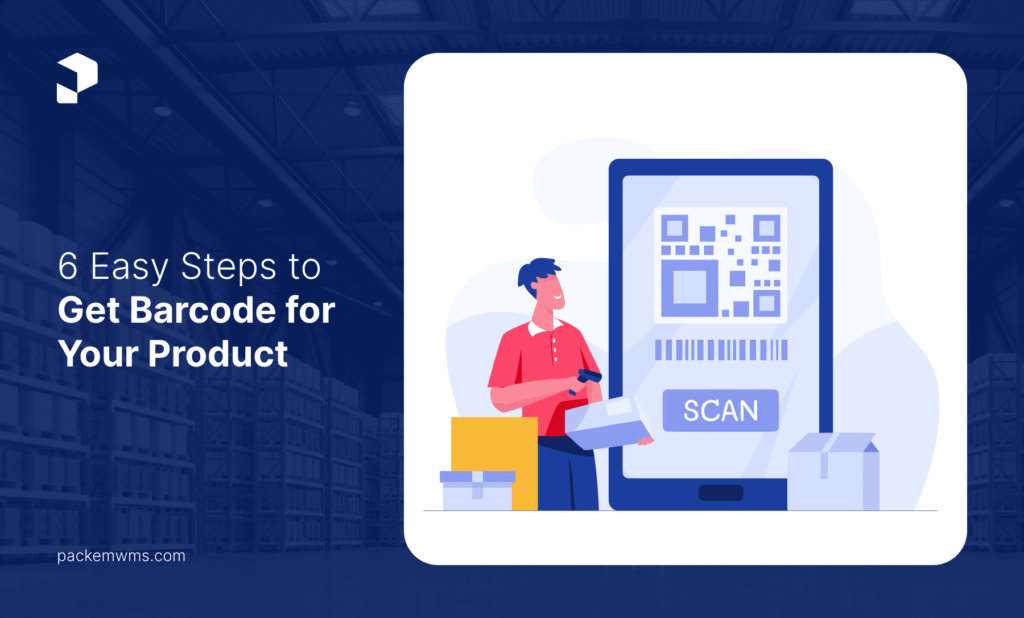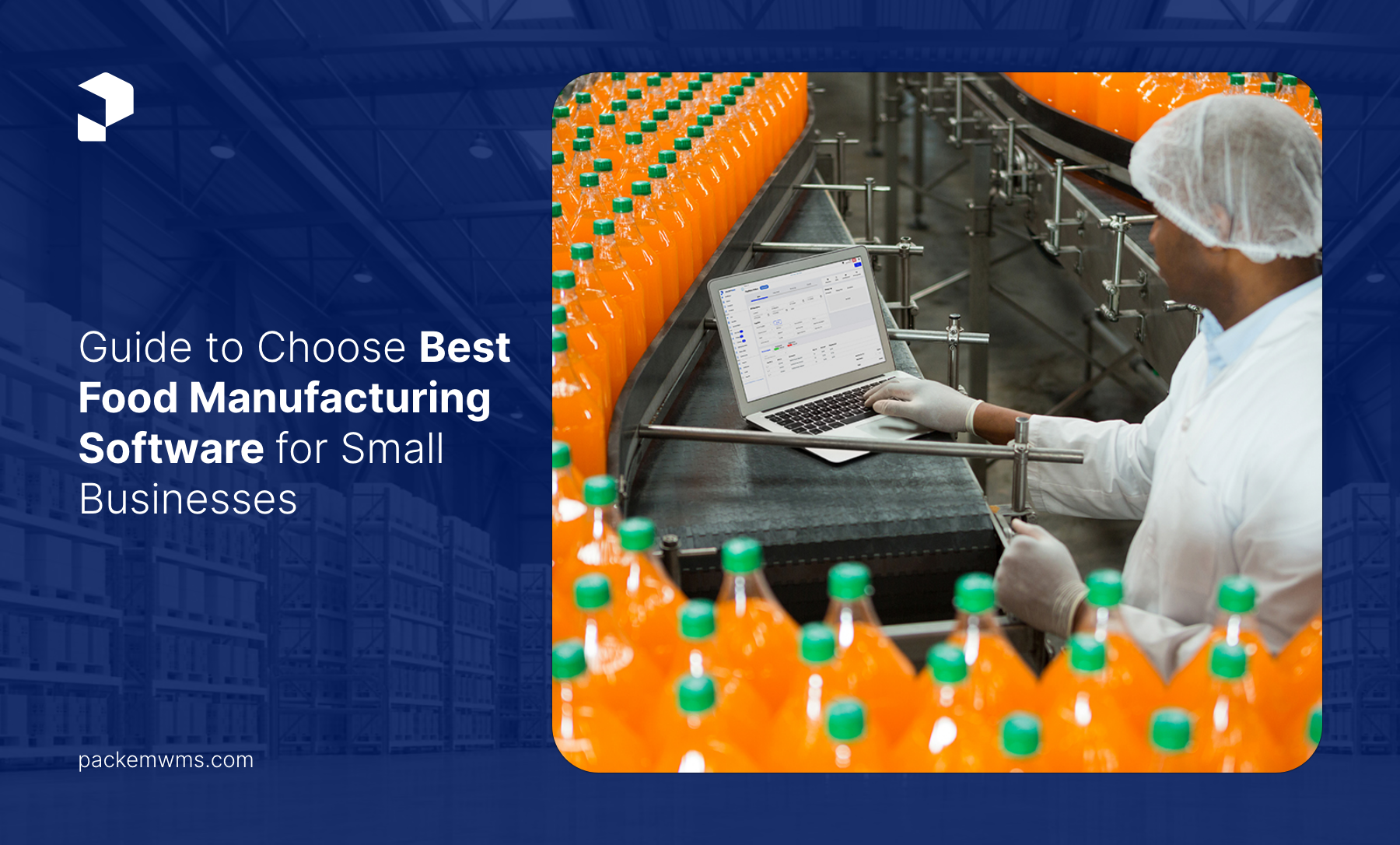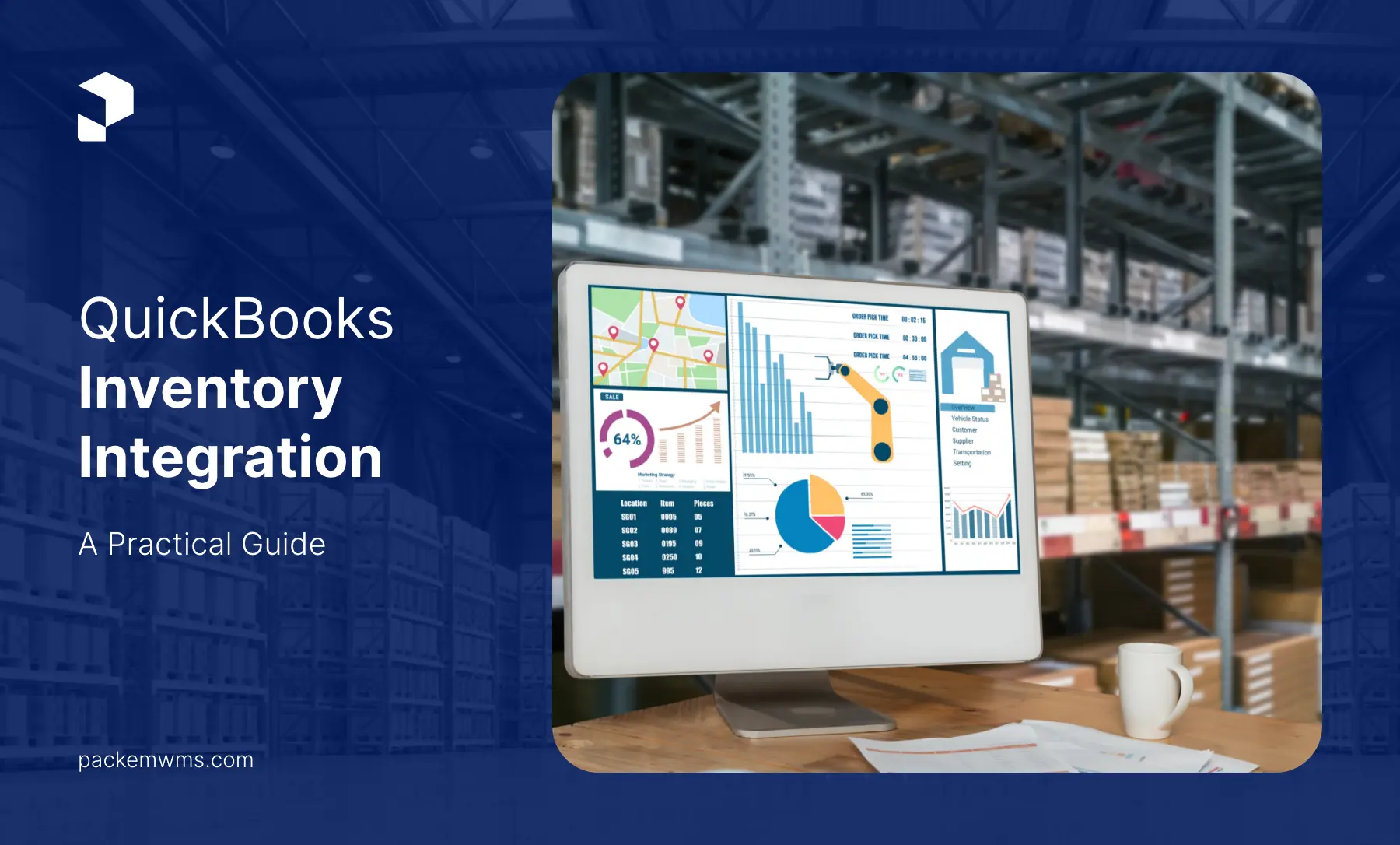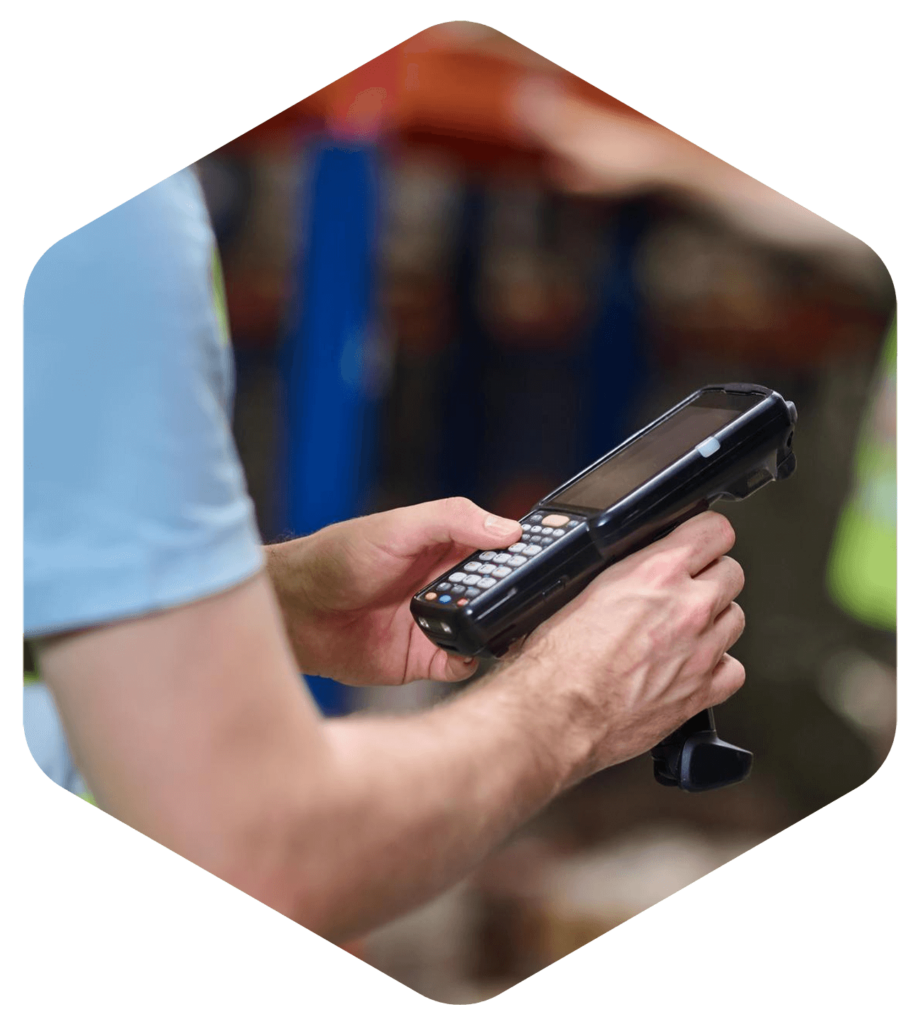The process to obtain a barcode for your product might look like a Herculean task, but in real life, the process is much easier than one may think. Whether you’re launching a new product or tightening up your systems for inventory, getting a barcode is key.
It sets your product up not only for retail success but also increases the tracking of inventory efficiency significantly when paired with top-of-the-line Warehouse Management Software (WWS) and Inventory Management Software.
Let’s dive into the six easy steps that will seamlessly bridge your product with the digital inventory world.
Why Barcodes?
Barcodes really are the retail world’s silent champions, simplifying the tracking, selling, and handling of merchandise incredibly. These handy identifiers enable swift scanning at registers, effective stock control, and smooth logistics handling. In a nutshell, they act like your product’s passport to the global market scene.
Step 1: Cracking the Barcode Code
Before diving into how to snag your barcode, it’s key to get the lay of the land regarding the types out there and pinpoint the perfect match for your product.
UPC (Universal Product Code): This is the go-to in the U.S. for a majority of items. Each UPC is a snowflake, making your product uniquely identifiable.
EAN (European Article Number): Think of this as the UPC’s global cousin, widely embraced beyond North American borders.
ISBN (International Standard Book Number): For those in the book biz, this is your golden ticket. Each ISBN uniquely belongs to a specific book edition.
QR Codes: These square-shaped wonders are on the rise, beloved for their hefty storage capacity and smartphone scanning capability.
Each variant caters to distinct markets and product classes, so picking the right one is a crucial first step on your barcode adventure.
Step 2: Securing a Unique Product Number
The real kickoff for your barcode quest is landing that unique product number. It’s what sets your item apart in a sea of global merchandise.
To get this number, you’ll have to link up with the Global Standard 1 (GS1) organization. They’re the gatekeepers for handing out these unique identifiers worldwide. Brace yourself for some paperwork and a fee, which will vary based on how many products you want to tag and the size of your business.
Though it may feel like jumping through hoops, it’s a critical move for cementing your product’s legitimacy and worldwide recognition.
Experience the simplest inventory management software.
Are you ready to transform how your business does inventory?
Step 3: Generating Your Barcode
Now that you’ve got your unique product number, it’s showtime for your barcode. The internet is teeming with barcode generation tools, ranging from the gratis to the premium, crafting barcodes in various styles. Here’s a quick rundown:
- Linear Barcodes: These are your classic stripes seen on countless items.
- 2D Barcodes: This category includes QR codes, which pack more info and are a cinch for smartphones to scan.
Crafting your barcode demands exactitude. It’s got to meet international specs to guarantee its scan-ability worldwide, ensuring no hitches in your product’s global journey.
Step 4: Quality Testing – Make Sure it Works
A barcode that refuses to scan? It’s of absolutely no use, rather like a lock sans a key. And that’s precisely why giving your barcode the try-and-test treatment is something you just cannot afford to avoid. Grab the barcode scanner and give it a whirl in all sorts of places and different lights to make sure it passes the sniff test.
Yeah, it probably sounds like a drag, but take my word for it: finding those snags now is a world better than dealing with it when your product’s out there in the world.
Step 5: Applying Your Barcode
Alright, you’ve got a working barcode. Now, it’s time to get it onto your product. But this step is more than just sticking it on willy-nilly. Where you put it, how big it is, and the quality of the print all matter big time for making sure it scans right.
There are usually some rules about where and how big your barcode should be depending on what you’re selling, so you’ll want to dig into that to dodge any scan troubles later on.
Step 6: Register Your Product
Now, with the barcode in place, nothing remains from you but to get your product registered in the retailer’s store or in online databases.
How you go about that is down to how you’re planning to sell your stuff, but in general, you will need to give them the rundown on your product and that shiny new barcode so they can slot it into their inventory and sales setups.
This is what makes sure that when someone scans your product, it pops up correctly and sails smoothly through to the sale.
Tying It All Together
But getting a barcode for what you’re selling is more than jumping through hoops; it’s one large part of getting your product from the drawing board into the smiling faces of your customers.
It really does make everything run smoother, cranking up your efficiency, and perhaps best of all, it flings the door wide open for selling your stuff all over the world.
Wrapping It Up
Ready to revolutionize the way you handle your stock? Check out our Warehouse Management Software and see how we can change tracking and management of stocks to make your operation more efficient and your products more competitive.
Because by adding state-of-the-art warehouse and inventory management software that uses barcodes, you’re not just enhancing product tracking but opening up an entirely new level of operational efficiency and market presence. Join the barcode revolution, and watch your business touch new heights!
FAQ's
Certainly! Each variation of a product gets its own barcode for tracking and managing inventory in the store using your inventory system.
It works by scanning and recording barcodes in real-time to track product movement, stock levels, and order fulfillment using the warehouse management system.
Starting with GS1 and placing the barcode on your product might take some time, ranging from a few days to a few weeks. It depends on your preparedness and the specific details of your product.
Once you have the unique numbers, you can generate barcodes using various software or online generators. However, it’s crucial to ensure they meet the required standards for compatibility in retail and inventory management.
The timelines will depend on the registrar you choose and the complexity of your requirements, ranging from a few days to a few weeks.




